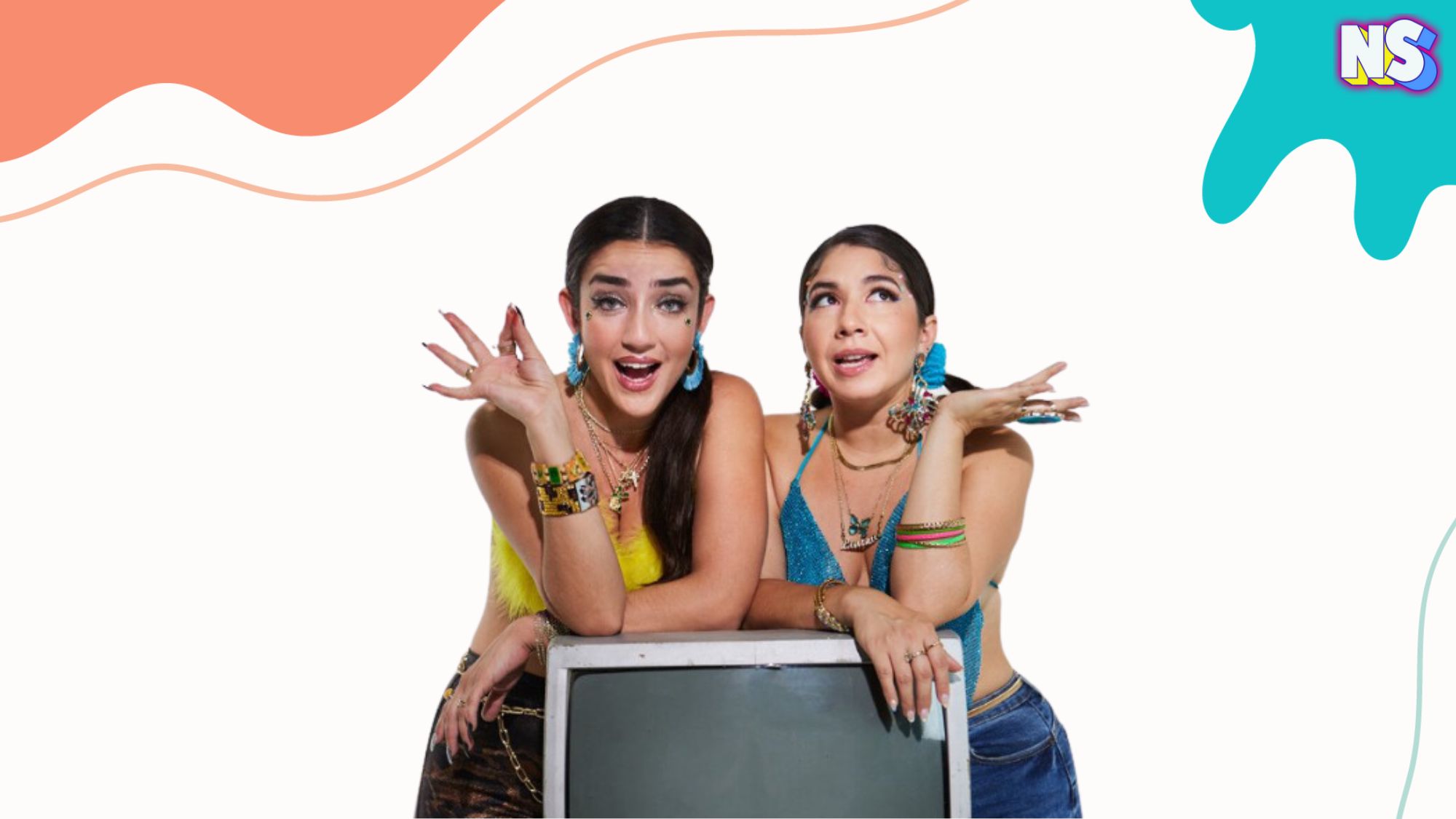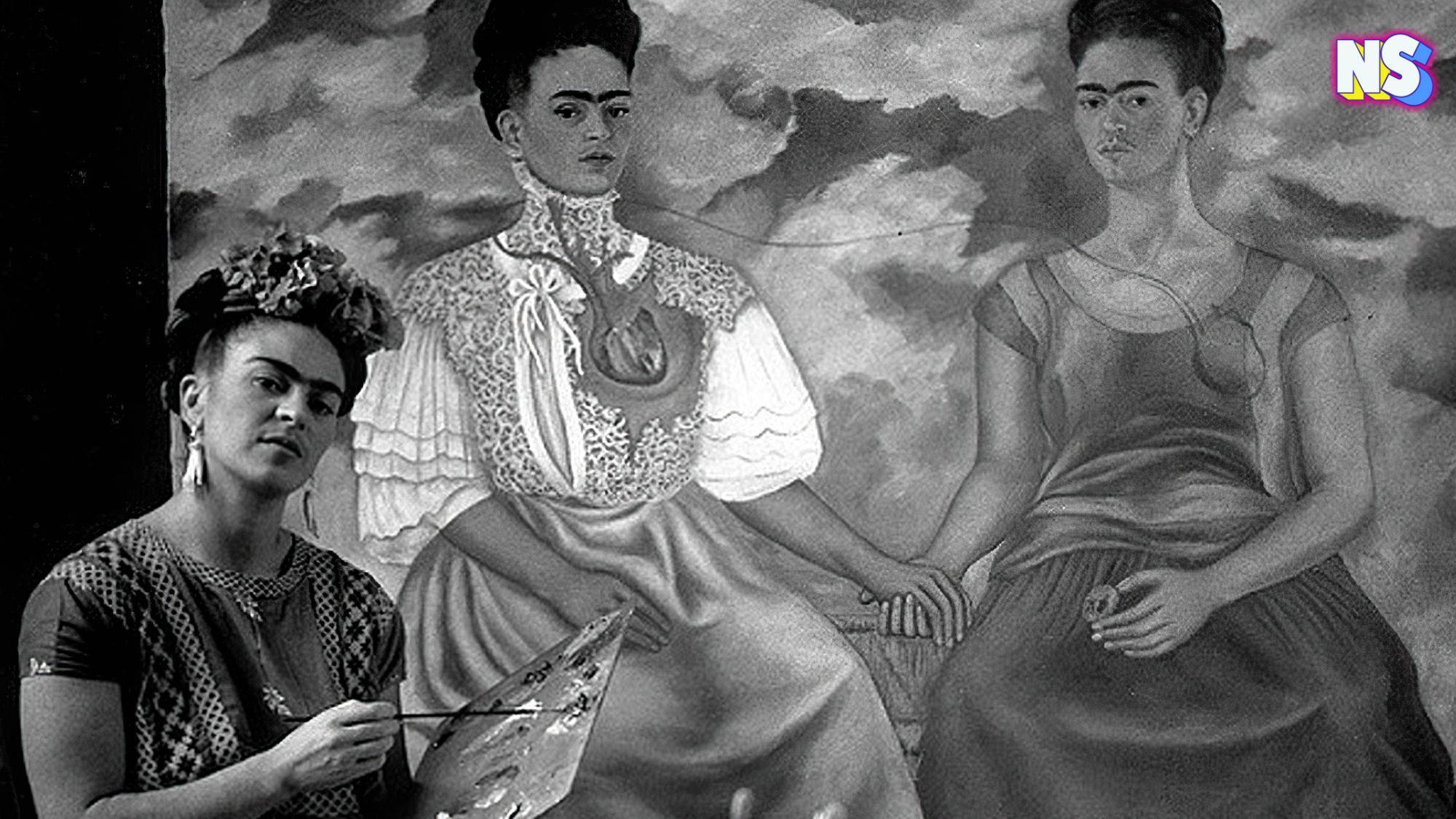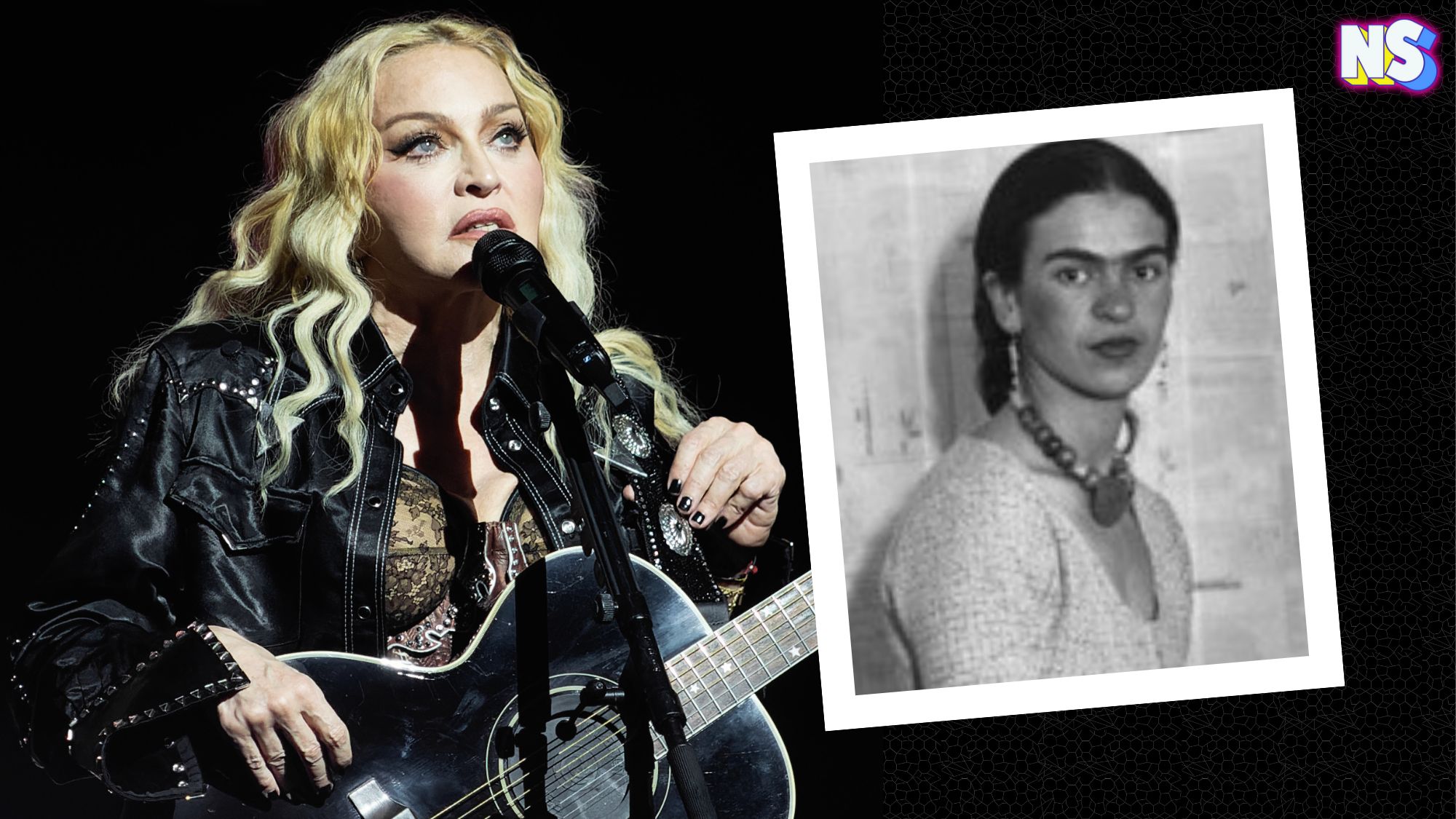Five years ago, amidst the announcment of the Diego Rivera Theatre at City College of San Francisco, another significant moment unfurled.
A new street sign, Frida Kahlo Way, was unveiled.
City dignitaries, students, and faculty gathered in jubilant celebration, with the Diego Rivera “Pan American Unity” mural as a backdrop, on December 7, 2018, to inaugurate a transformative change in a city Kahlo once called home.
“As a community, we need to reckon with the racist legacy of our country’s past and rewrite our future,” City College’s Norman Yee said.
And, just like that, the Mexican artist helped San Francisco finally right a wrong.
A Triumph of Art Over Controversy
Formerly known as Phelan Avenue, Frida Kahlo Way bore the moniker of James Phelan, an Irish immigrant who carved his name in the city’s history during the Gold Rush era.
However, it was the political legacy of James D. Phelan, his son, that became the catalyst for this monumental name change.
“During his time in office as mayor from 1897 to 1902, James D. Phelan supported the Chinese Exclusion Act of 1882,” KQED, a local news outlet explains.
Phelan’s controversial story doesn’t stop there.
“After leaving the Senate in 1921, he remained active in anti-immigrant movements and supported the Immigration Act of 1924. He also ran a campaign to ‘Keep California White,’” KQED added.
“To some, having the Phelan name on the street was a tacit endorsement of a racist stain on San Francisco’s history,” the San Francisco Chronicle reports.
Voting 11-0, lawmakers agreed and voted unanimously to change the street name, which mostly serves City College of San Francisco’s Ocean Campus, to Frida Kahlo Way.
The street now bears the name of the renowned Mexican artist who lived in San Francisco in the early 1930s with her husband, muralist Diego Rivera.
Many say the decision to honor Kahlo with this street rechristening speaks volumes about San Francisco’s commitment to embracing art, culture, and inclusivity while reckoning with its history.
Kahlo’s name has come to stand as a beacon of resilience, celebrating the triumph of art over adversity and injustice.
“She’s a powerful, queer woman of color at a time in Mexico where there weren’t really big female names in the art scene,” said Associated Student Council Vice President Angelica Campos, told KQED, of Kahlo. “It’s a really powerful statement at this time … where women are under attack in many ways.”
Art Flourishes Along Frida Kahlo Way
This year, a new four-paneled grayscale mural depicting Diego Rivera, Frida Kahlo and mural installation workers was created by City College students on the wall surrounding the construction site for the Diego Rivera Theater on Frida Kahlo Way.
“This mural was painted by City College students as part of a mural-making workshop, a result of a continual collaboration between City College and the San Francisco Museum of Modern Art (SFMOMA),” the college’s bi-weekly student newspaper, The Guardsman, reports.
Another artistic landmark is donning Frida Kahlo Way.
The new building dedicated to Kahlo’s husband, Muralist Diego Rivera, is “set to become the cultural heart of the City College of San Francisco campus … ” and serve as the anchor of the local arts community according to its founders.
“Diego Rivera’s inspiring Pan American Unity Mural will be the centerpiece of the building, where it will finally reside after its tumultuous 70-year history,” according to a press release announcing the building. “The Theater’s mural lobby, which will house the artwork, has been designed to display the art to both the building’s users as well as pedestrians outside. The lobby is wrapped in a glass wall, showcasing the mural, and allowing passers-by to be drawn in by the presence of this historical work of art.”
The venue, located on Frida Kahlo Way, will also include a 600-seat performance hall, a 150-seat studio theater, and a 100-seat recital hall.





